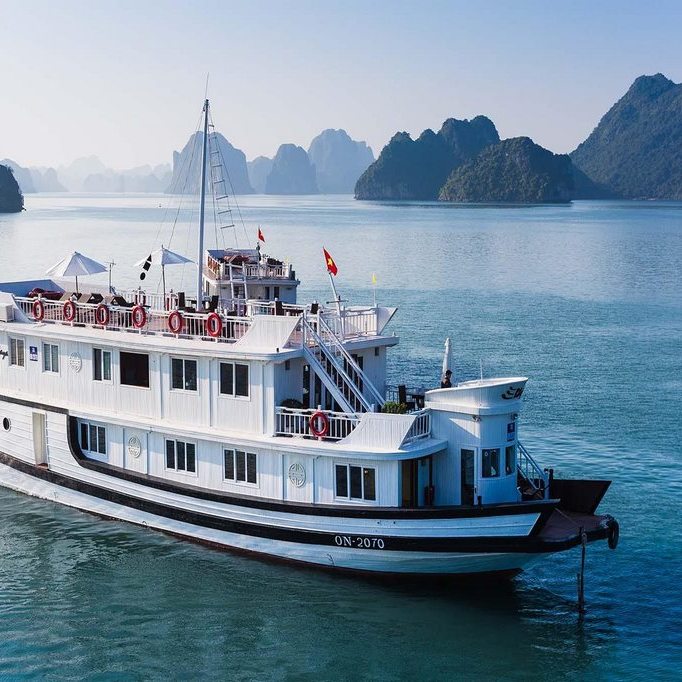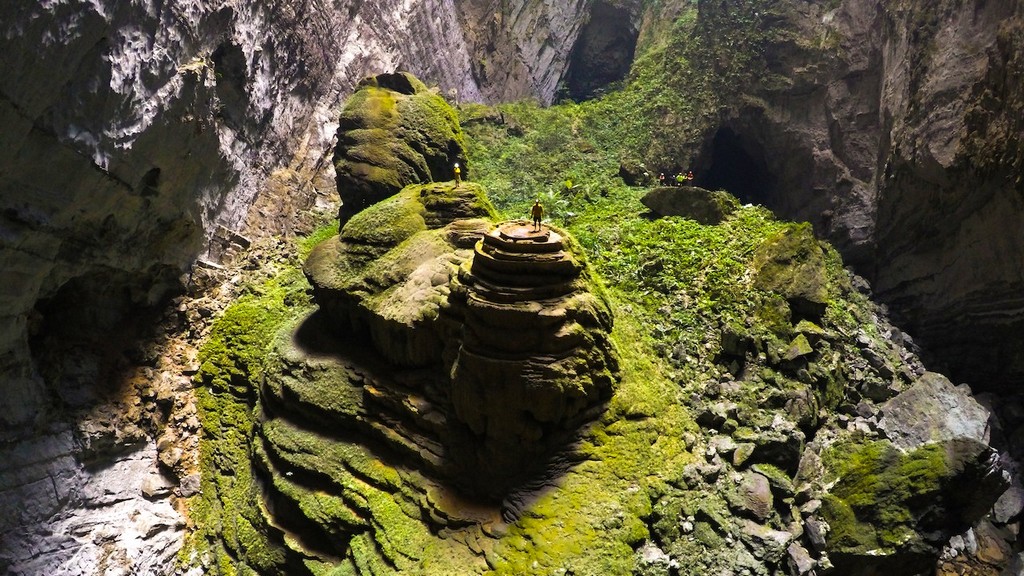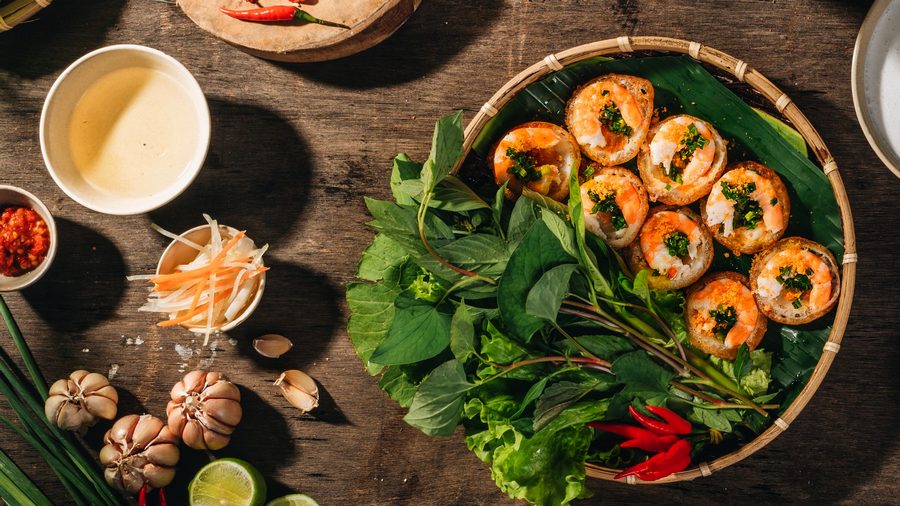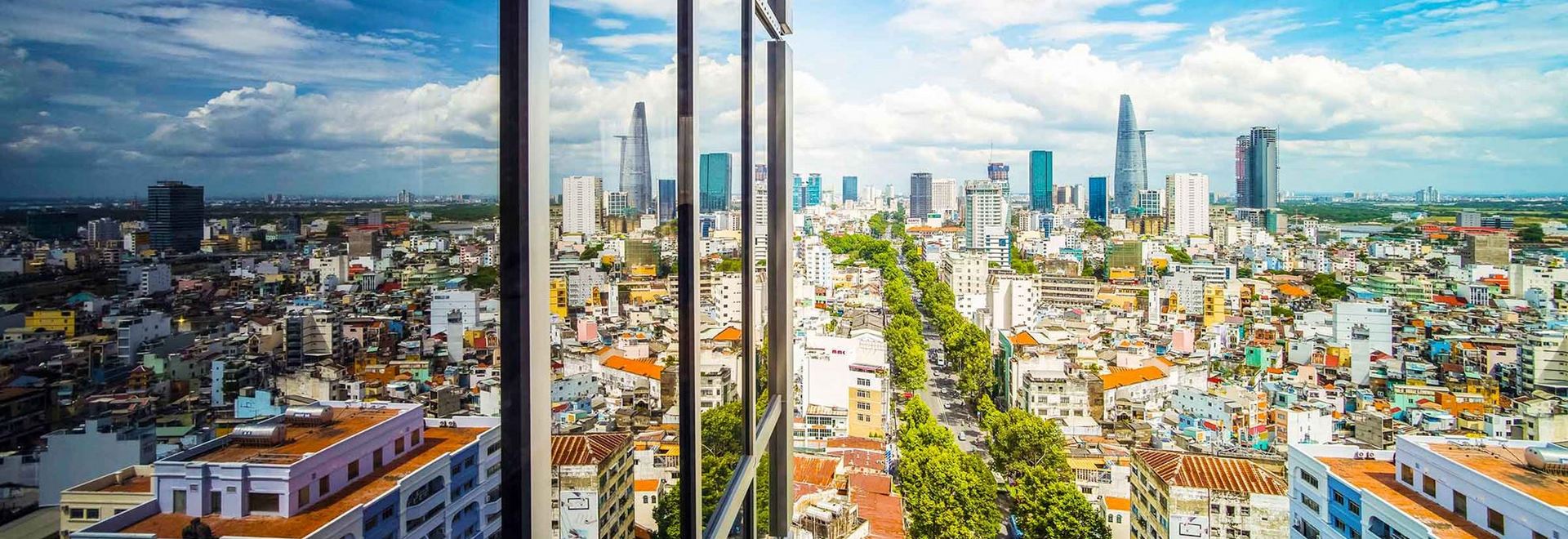Saigon: Places of Interest
Saigon
With its 5 million inhabitants Ho Chi Minh, which most of its inhabitants still call Saigon, more than a large metropolis is a concept of cultural model, industrial and commercial center of the country.
Ancient Khemer settlement of the seventeenth century, became an important commercial port in the eighteenth century thanks to the influx of Chinese merchants who gave the city the name of Saigon. In 1859 the French landed and set out to conquer the country, becoming the capital of the Colony of Cochinchina.
The city developed rapidly, the French dredged and filled the marshy areas, planned new neighborhoods and opened long avenues, giving it the appearance of a French provincial town. In 1954, after the division of the country, Saigon happened to be the capital of the Republic of South Vietnam until its conquest by the communist troops in April of 1975 and baptized like City of Ho Chi Minh in Julio of 1976.
The Reunification Palace: Former residence of the French governor and the president of the Republic of South Vietnam. Taken by the liberation army tanks in 1975, they forced to sign the surrender to General Minh, head of the state at that time.
Notre Dame Cathedral: Red brick building and neoclassical style, it was built between 1877 and 1883. In the same square is the Central Post Office building, which deserves a visit.
Old Town Hall: It is undoubtedly one of the most peculiar buildings of the city for its design and the tone of its colors, yellow and white. It was completed in 1908 and is currently the seat of the Popular Committee of the city.
Museum of the Revolution. Located behind the City Hall, it occupies the former Gia Long palace. It is a magnificent neoclassical building, built in 1866 in which documents of the wars that occurred in the country are found.
War Crimes Museum. Installed in the old premises of the American information services, you can contemplate the American military equipment and chilling photos of the atrocities committed during the war.
District of Cholon. Saigon hosts the most important Chinese community in the country, which can be found in the Cholon neighborhood. Commercial district par excellence, its name means “Great Market”. It is a city apart, with its noisy streets overflowing with activity and restaurants with Chinese posters, always crowded with people. In this neighborhood we can admire the Thien Hau Pagoda, built by the Chinese community and consecrated to the protective goddess of the sailors.
Giac Lam Pagoda. It is one of the oldest and most devotional of the Buddhist faithful in Ho Chi Minh, built in 1745 by a Chinese monk with the help of the faithful.
Mekong Delta The Mekong River, with a length of 4,300km, rises in the Tibet highlands, crossing Burma, Laos and Cambodia before reaching Vietnam where it flows into the China Sea, forming a delta of nine arms known as “The nine dragons. ” In the delta region, one fifth of the population lives and half of the rice harvest is produced throughout the country.
Cu Chi History lovers can not miss visiting the Cu Chi district, about 35Km northeast of Saigon. In the 1950s, the Viet Minh excavated in this area a network of tunnels that the Vietcong would later expand. This network, of more than 250km, constituted at the end of the 60s an authentic subterranean city with several levels, with its common dormitories, field hospitals, factory and weapons warehouses, kitchens and command centers. The Vietcong came to dig up to 12 meters under the ground.
A section of about 50 meters is open to visitors, which is accessed by an entrance that connects to the main tunnel and has been enlarged, measuring 70-80 cm wide by 1.20 m high.
Around Saigon
Tai Ninh To 96Km of the city of Saigon and capital of the province of the same name. Tay Ninh itself does not present an excessive interest, but houses the great Cao Dai Temple. Caodismo is one of the most original religions practiced today. Its doctrine is a combination of Taoism, Buddhism, Confucianism, Christianity and Islam and its temple is a true architectural mixture of all these religions.
Vung Tau Nestled at the end of a peninsula located about 125km southeast of Saigon and bathed by the China Sea. It is the preferred place for the inhabitants of Saigon to rest near the sea. Since it enjoys a sunny climate all year round.
Nha Trang: It is one of the most beautiful beach areas in the country. This fishing port is located 540km south of Danang, in the province of Khnah Hoa.
Dalat: “Da” means no and “Lat” is the name of the main ethnic minority that inhabits the region. Capital of the province of Lam Dong, is located at 1,464 meters of altitude, in an area surrounded by pine trees and lakes and is known as the city of eternal spring. Its economy is based on agriculture and tourism.
Leave a Reply:
You must be logged in to post a comment.





